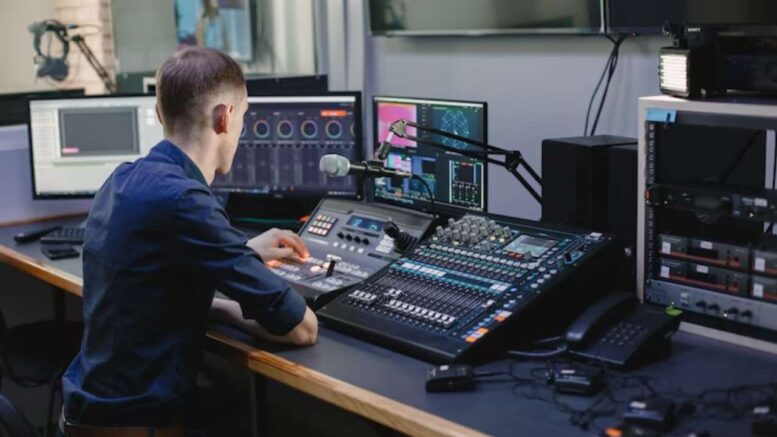Creating the perfect acoustic environment in your venue is essential for ensuring that every event, whether a musical performance, corporate presentation, or public gathering, is a success. Achieving optimal sound quality involves a combination of understanding your space, selecting the right equipment, and implementing strategic adjustments. This guide provides insights on how to enhance your venue’s acoustic performance to deliver a superior auditory experience for your audience.
The foundation of excellent acoustics starts with an understanding of your venue’s unique characteristics. Each space has its own set of acoustic properties influenced by factors such as size, shape, and the materials used in construction. For instance, large open spaces with hard surfaces tend to create echoes and reverberations, while smaller, carpeted rooms might absorb sound excessively, making it difficult for voices or music to carry. Assessing these elements allows you to identify potential acoustic challenges and address them effectively.
One of the key components in optimizing acoustic performance is the use of commercial audio systems. These systems are designed to provide high-quality sound in larger and more complex environments compared to consumer-grade audio equipment. Audio systems typically include advanced features such as superior power handling, precise sound dispersion, and enhanced durability, which are essential for maintaining consistent sound quality across different areas of the venue. Integrating a well-designed audio setup can significantly improve the clarity and reach of your audio.
Strategic placement of speakers is critical for achieving balanced sound distribution. Positioning speakers in a way that maximizes coverage while minimizing reflections and dead zones is essential. In larger venues, multiple speakers might be required to ensure even sound distribution. Careful calibration of the speakers’ angles and heights can help in directing sound appropriately, preventing issues such as feedback or uneven volume levels. Utilizing commercial audio equipment with adjustable settings can further enhance this process, allowing for precise control over the audio output.
Acoustic treatments are another effective way to optimize your venue’s sound performance. These treatments involve adding materials to the space that can absorb, diffuse, or block sound waves to achieve the desired acoustic properties. Common treatments include acoustic panels, bass traps, and diffusers. Acoustic panels, often made of foam or fabric-wrapped fiberglass, can absorb excessive sound reflections, reducing echo and reverberation. Bass traps help in managing low-frequency sounds that can create a boomy or muddy effect, while diffusers scatter sound waves, helping to create a more balanced and natural sound environment. Implementing these treatments can transform a challenging acoustic space into one that enhances sound clarity and quality.
Sound checks and regular maintenance of your audio equipment are essential for maintaining optimal performance. Conducting thorough sound checks before each event allows you to identify and address any issues with the audio setup. This includes checking for proper functioning of microphones, speakers, and other equipment, as well as making necessary adjustments to the sound levels and equalization settings. Regular maintenance of your commercial audio system ensures that it remains in peak condition, minimizing the risk of technical problems during events. This involves routine inspections, cleaning, and timely replacement of worn-out components.
Training for your staff on the proper use and troubleshooting of the audio system is crucial for smooth operations. Ensuring that your team is knowledgeable about the basics of sound equipment, including how to adjust settings and resolve common issues, can prevent disruptions during events. Providing comprehensive training can also empower your staff to make the most of the audio system’s capabilities, enhancing the overall sound experience for attendees.
Effective communication with performers, speakers, and event organizers is key to optimizing your venue’s acoustic performance. Understanding their specific audio needs and preferences allows you to tailor the sound setup accordingly. Whether it’s a requirement for more vocal clarity, enhanced bass response, or specific sound effects, addressing these needs can significantly improve the satisfaction of both performers and audiences.

Be the first to comment on "Optimizing Your Venue’s Acoustic Performance"